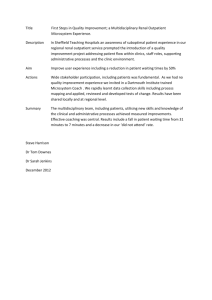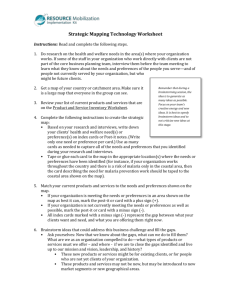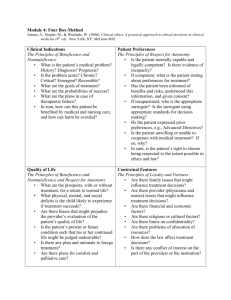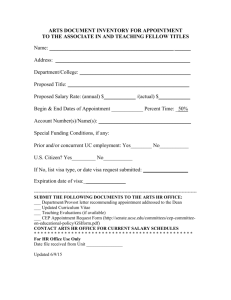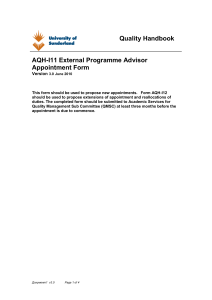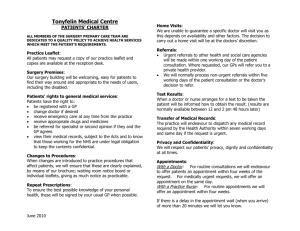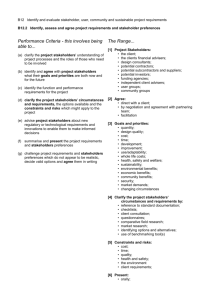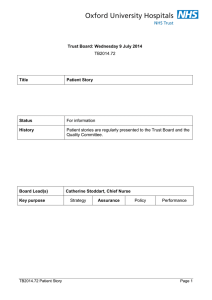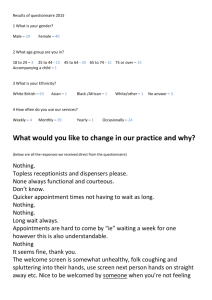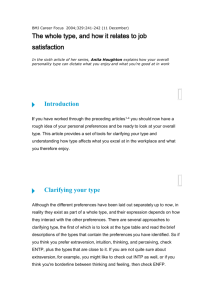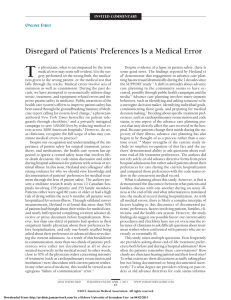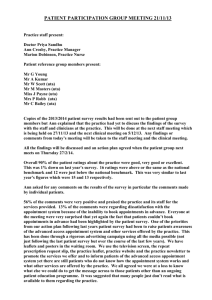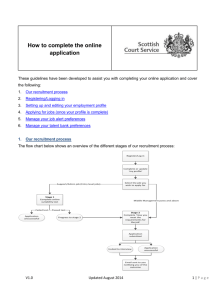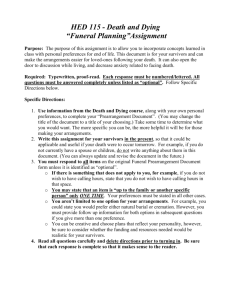Abstract - NUS Business School
advertisement
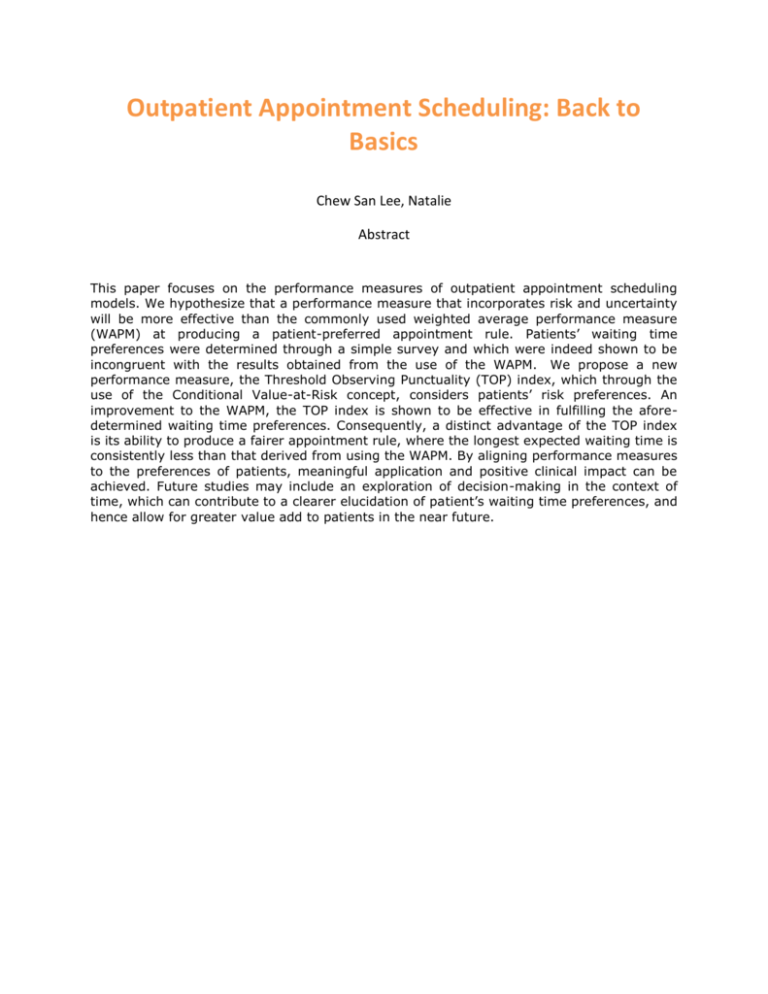
Outpatient Appointment Scheduling: Back to Basics Chew San Lee, Natalie Abstract This paper focuses on the performance measures of outpatient appointment scheduling models. We hypothesize that a performance measure that incorporates risk and uncertainty will be more effective than the commonly used weighted average performance measure (WAPM) at producing a patient-preferred appointment rule. Patients’ waiting time preferences were determined through a simple survey and which were indeed shown to be incongruent with the results obtained from the use of the WAPM. We propose a new performance measure, the Threshold Observing Punctuality (TOP) index, which through the use of the Conditional Value-at-Risk concept, considers patients’ risk preferences. An improvement to the WAPM, the TOP index is shown to be effective in fulfilling the aforedetermined waiting time preferences. Consequently, a distinct advantage of the TOP index is its ability to produce a fairer appointment rule, where the longest expected waiting time is consistently less than that derived from using the WAPM. By aligning performance measures to the preferences of patients, meaningful application and positive clinical impact can be achieved. Future studies may include an exploration of decision-making in the context of time, which can contribute to a clearer elucidation of patient’s waiting time preferences, and hence allow for greater value add to patients in the near future.


